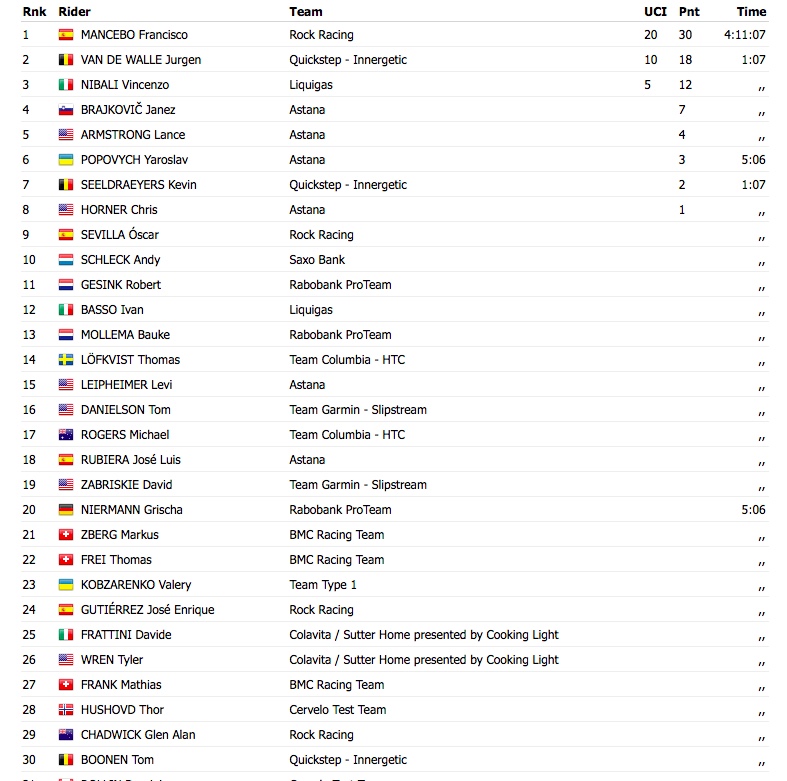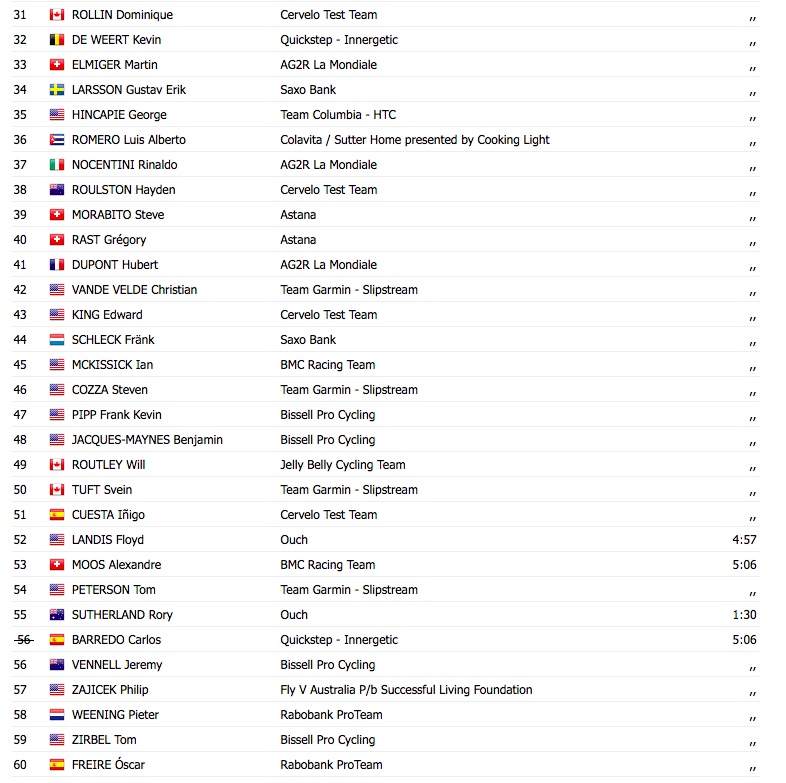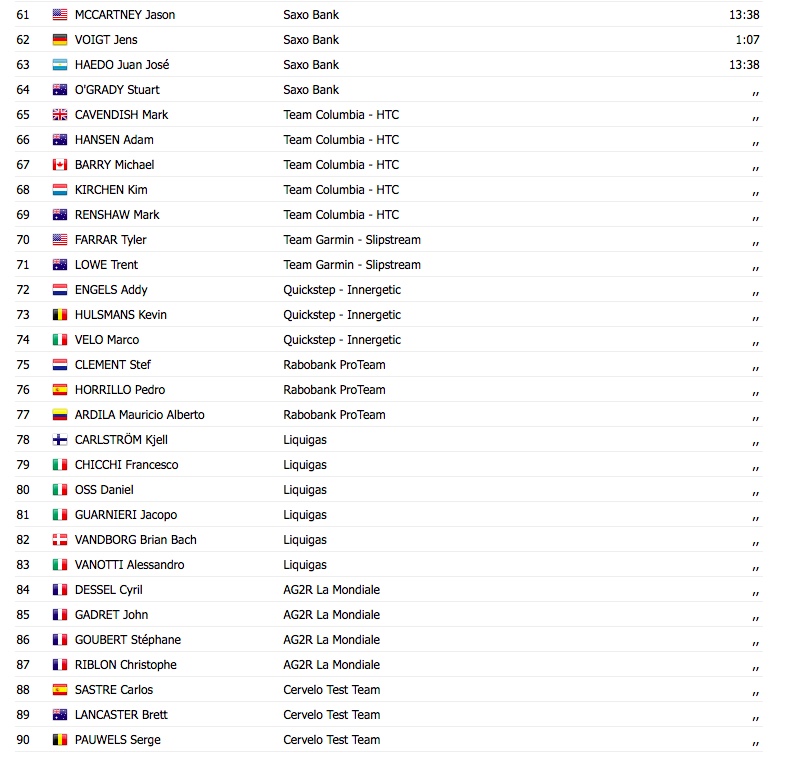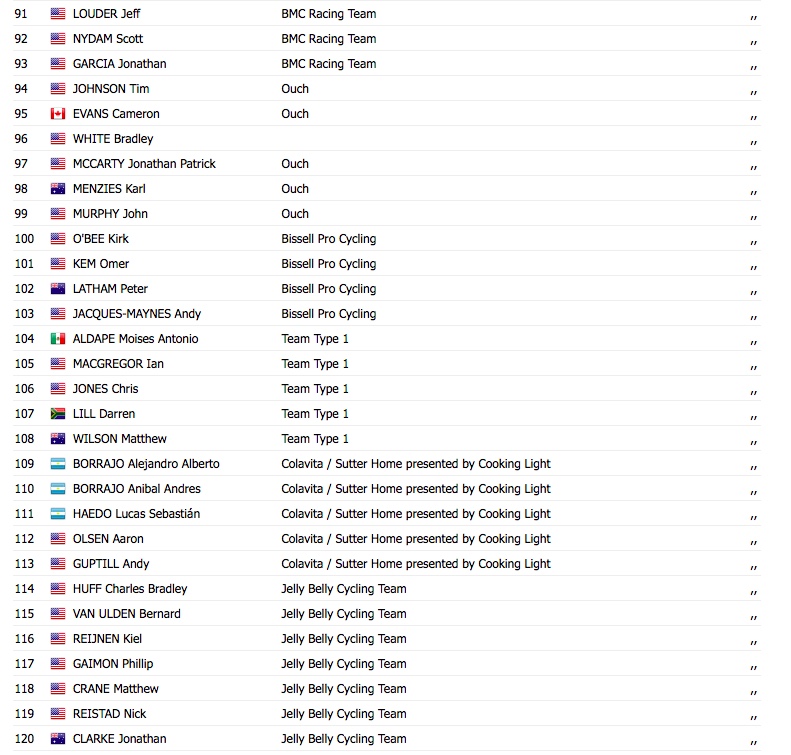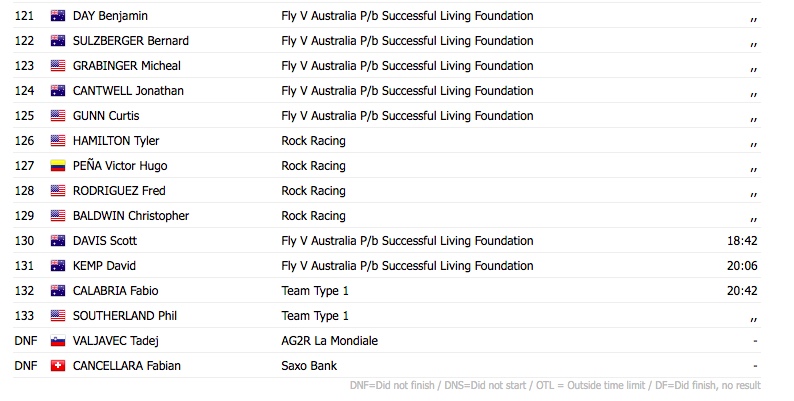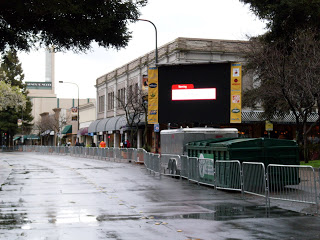SANTA ROSA, CALIFORNIA
AMGEN TOUR OF CALIFORNIA – STAGE 1
All day long the rain came down. It was quite hard at times.
As was typical with the ATOC, volunteer check-in was hours before the assignment. I checked in at 9:00 a.m. but didn’t need to report to my location until noon. It gave me a chance to walk around this town — in the rain, of course.
The downtown area is quite neat. Except for the driving rain, it’s a great choice for a tour city. But February is the rainy season in California, especially in northern California. It’s probably not the best time to hold a major bike race.

The tour cities make a day of the event. In Sacramento, we worked a community ride on the course two hours before the event. In Santa Rosa, it was a professional women’s criterium.
And it rained. And rained more. The women did a nice job of staying upright. The winner was the Swedish national champion Emilia Fahlin although for my money Lauren Tamayo was the rider of the day as she led out the breaks and did most of the work.
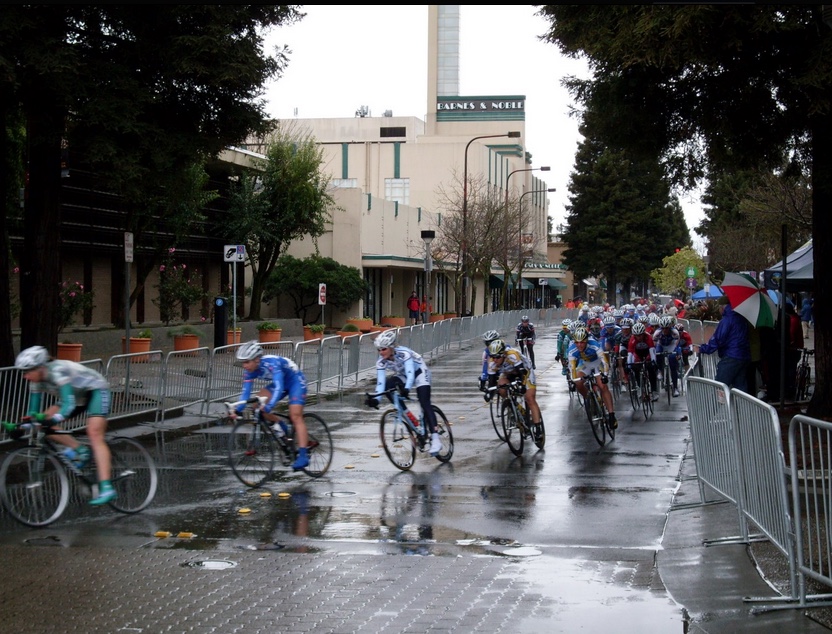
After the race, which ended at 2:00 p.m., we had to kill time waiting for the arrival of the men. The bad weather grounded the race airplane and getting information was hard. Even Versus, the television broadcast network, was affected. One marshal at our location was connected to ham operators and he kept us informed as to their locations. That was useful in answering the many questions “what time will they arrive?”
Last year there was a crash on the run-in to town. In cycling, the officials can give everyone who is together the same finishing time if there is a crash within the last 3 km. This rewards the risk-takers who make those dare-devil sprint finishes so exciting.
But where are the last three kilometers? The finish in Santa Rosa was circuits of the downtown on a 3.1 mile (5 km) loop. Is a crash on the first circuit within 3 km of the “finish?” It is usually literal, that is, within 3 km of the finish line.
Last year, favorite and Santa Rosa native, Levi Leipheimer, got caught in a crash on the first loop. At the time he was near the front but lost massive time due to the crash. The race officials then decided to give all the riders the same time, making Levi very happy. It was controversial, to say the least.
Today we were not informed of the local rules. But the race director made the decision that once they got to Santa Rosa, the first time across the “finish line” would be the actual time for the stage. In essence, the second and third passes didn’t count — at least for time.
The roads were soaked. High-speed corners in this weather were a recipe for disaster. So arrive Santa Rosa safely and get your race time when you arrive.
Fransicso Mancebo (ESP) came through town first about two minutes ahead of some chasers. Although the chasers eventually caught him, they were racing on the final two laps to be the stage winner. He would have the best time regardless. (He won by 1:07)
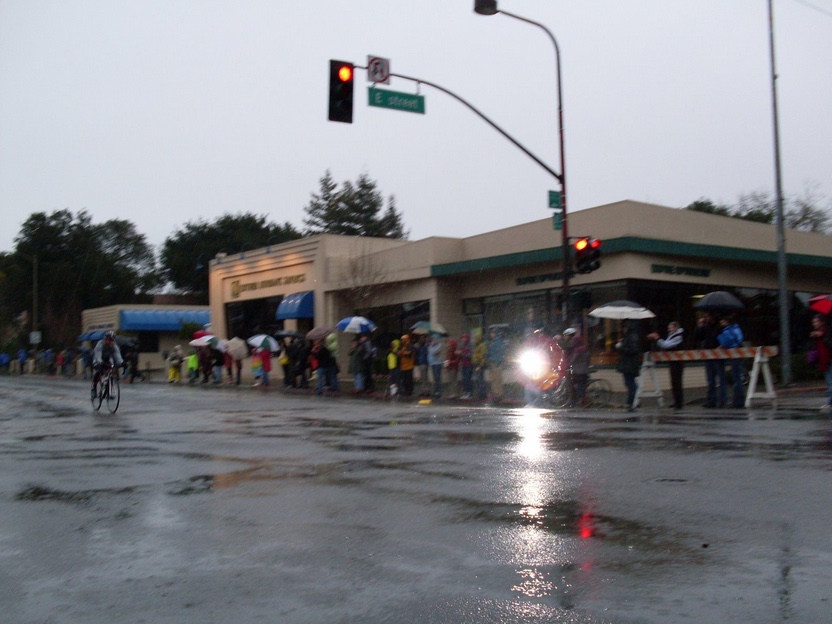
I was a marshal at a very difficult location. Although it was not a curve that I hoped for (they go slower there), it was a potential bottleneck on the course. The traffic lanes went from four to two in the space of the intersection. And we had no barriers to keep the people back. They were standing on the sidewalk.
I worked with a Santa Rosa policeman and we moved some road barriers through the intersection and the people did well to stay behind them. This was also at the end of a 500-meter downgrade, not steep, but definitely 2-3% downhill and they were flying. Maybe worse, the support cars were flying through the intersection.
I would estimate a couple of the race cars went by at 60 mph just seconds before they had to hit this narrow, somewhat curvy two-lane stretch. My big concern was making sure no one tried to cross in front of the cyclists (ugly) or a race vehicle (death). No one died.
As in Sacramento, people came to me seeking knowledge about the race and cycling in general. And I was glad to oblige. I stood on the inside of the barriers but as the riders approached I knelt down so the spectators could take pictures without my big head in them.
My most vivid memory was not of the pro race but a local ride that also occurred. About 3:30 p.m., a cyclist came down the street and stopped to ask for directions to the finish line. He was about my age but he could barely speak the words. As he tried to talk his mouth just shivering uncontrollably. I don’t know where he was but clearly was affected by the day’s cold (about 48° or 9° C), but more importantly, the bone-soaking wetness. We directed him the quickest way through the course to his destination even though we weren’t supposed to allow riders on the route at that time.
After the race finished and the crowds left, I passed through the team bus parking lot. There, at least 100 people gathered in front of the Team Astana bus but one could find the others much easier. I made my way to Jelly Belly to speak with Phil Gaimon. Phil is in his first pro race. He is also the only rider in the Tour of California who can say that he has beaten me in a race — last year’s Newton’s Revenge up Mt. Washington, NH.
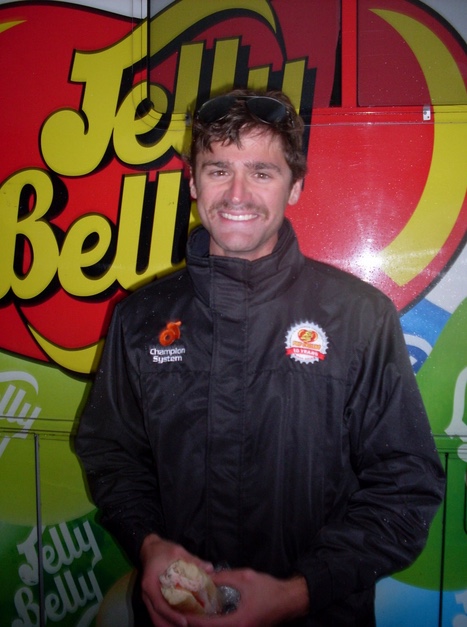
We spoke briefly — he wondered why the heck I was there but I delivered a personal message to him from Mary Power, the events director at the Mt. Washington Auto Road. She wanted him to know he was invited to go back to MWARBH.
Soaked, really soaked, and cold, I got in my car for the two 1/2 hour drive to Santa Cruz through flooded roads.
